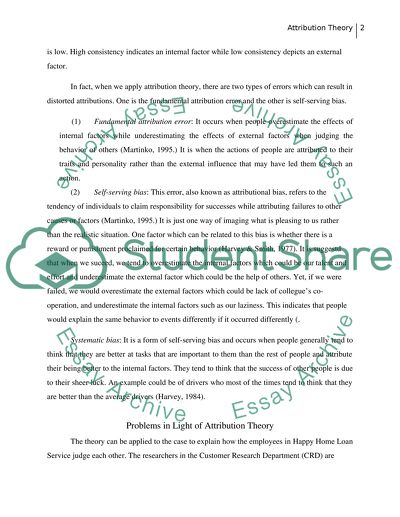Cite this document
(Analysis of Attribution Theory Term Paper Example | Topics and Well Written Essays - 1000 words, n.d.)
Analysis of Attribution Theory Term Paper Example | Topics and Well Written Essays - 1000 words. Retrieved from https://studentshare.org/social-science/1531665-attribution-theory-essay
Analysis of Attribution Theory Term Paper Example | Topics and Well Written Essays - 1000 words. Retrieved from https://studentshare.org/social-science/1531665-attribution-theory-essay
(Analysis of Attribution Theory Term Paper Example | Topics and Well Written Essays - 1000 Words)
Analysis of Attribution Theory Term Paper Example | Topics and Well Written Essays - 1000 Words. https://studentshare.org/social-science/1531665-attribution-theory-essay.
Analysis of Attribution Theory Term Paper Example | Topics and Well Written Essays - 1000 Words. https://studentshare.org/social-science/1531665-attribution-theory-essay.
“Analysis of Attribution Theory Term Paper Example | Topics and Well Written Essays - 1000 Words”, n.d. https://studentshare.org/social-science/1531665-attribution-theory-essay.


